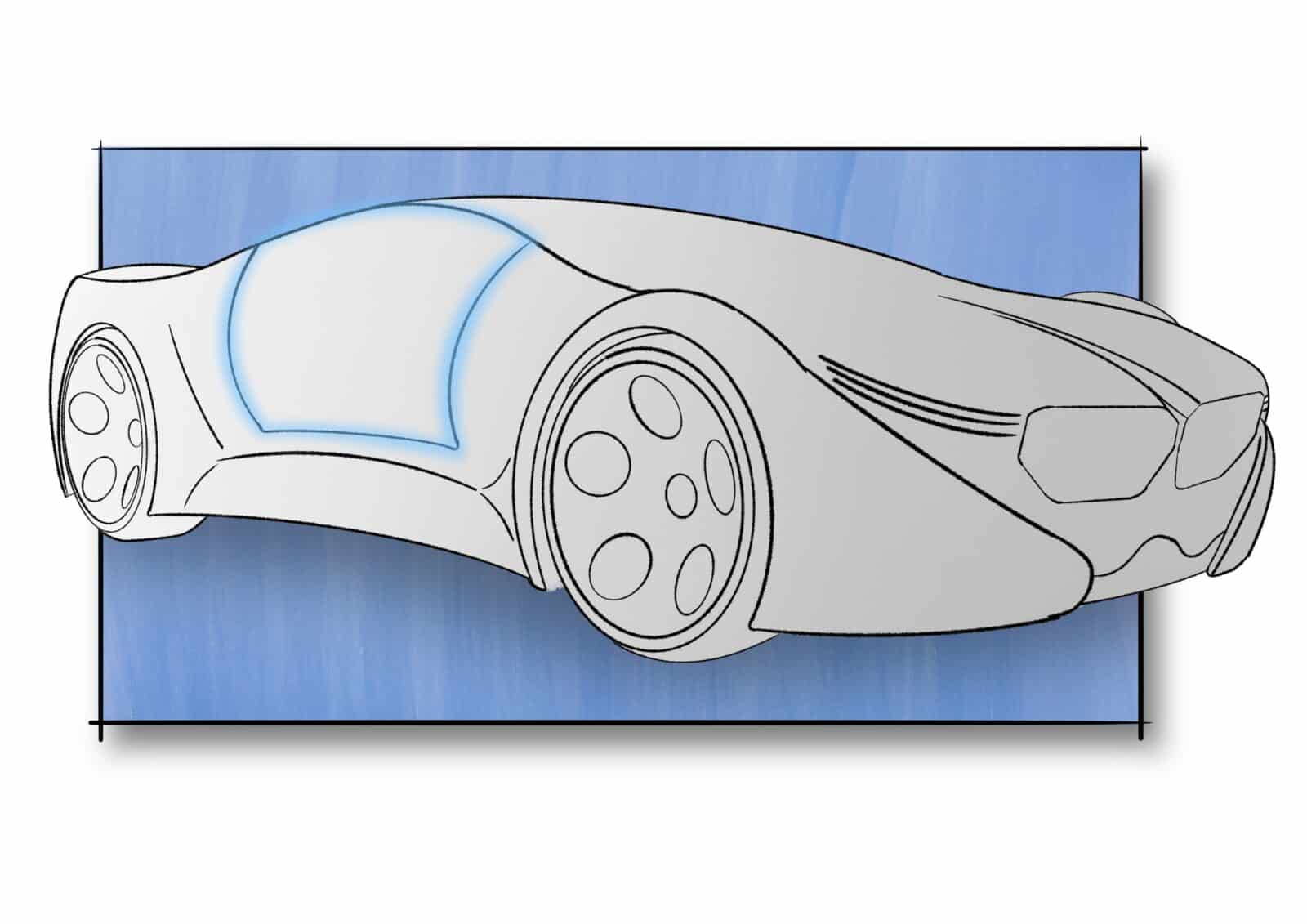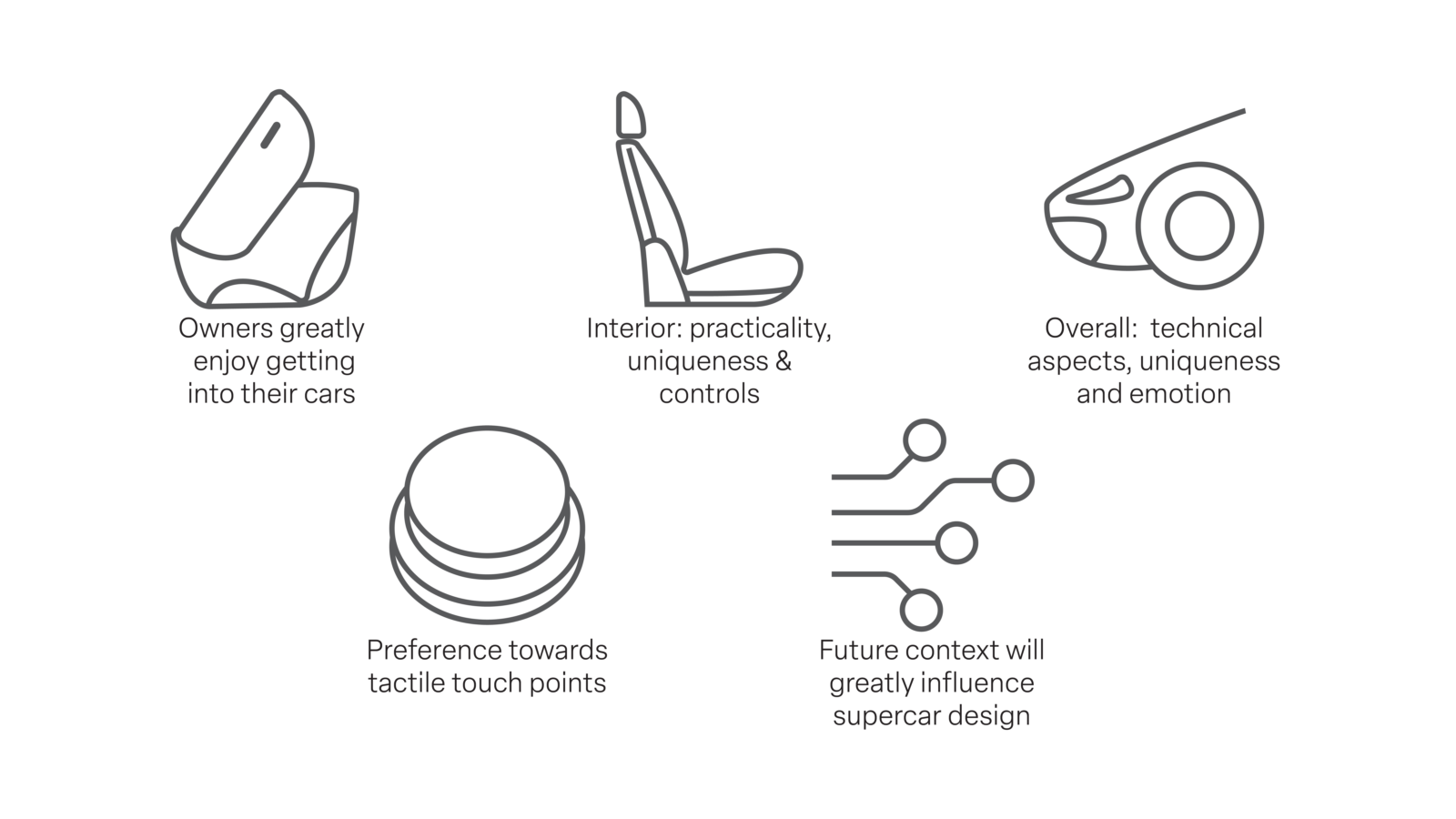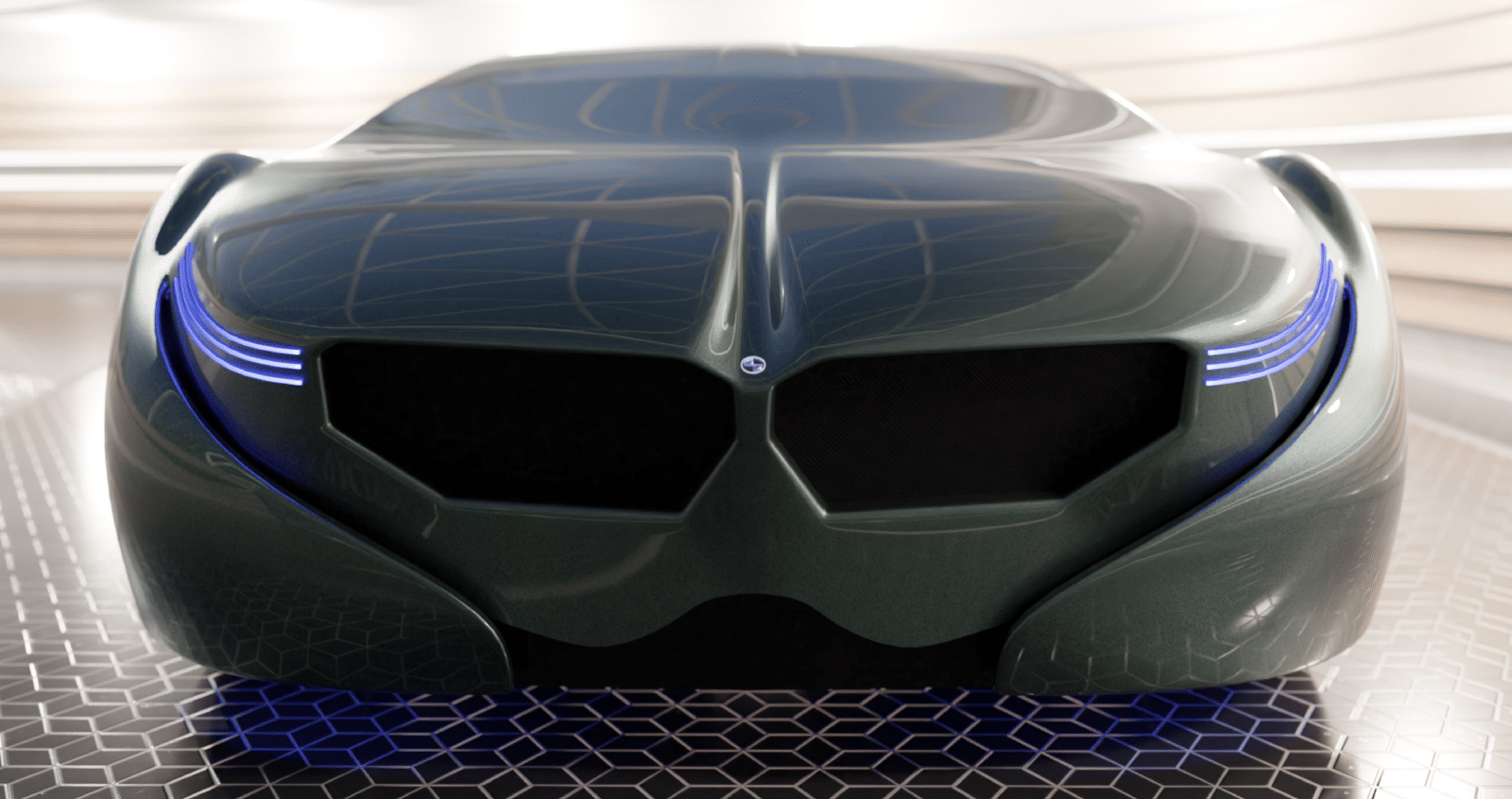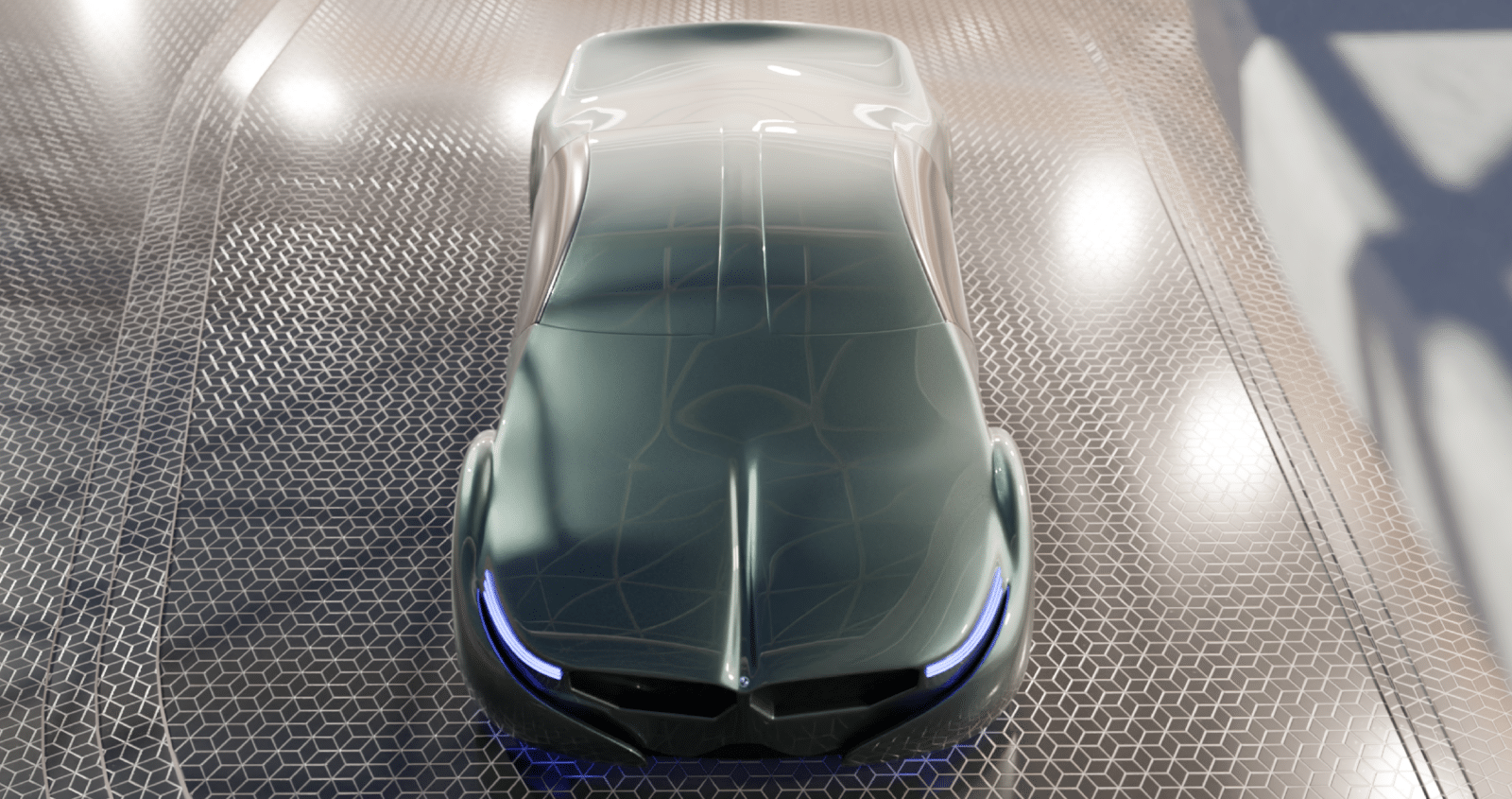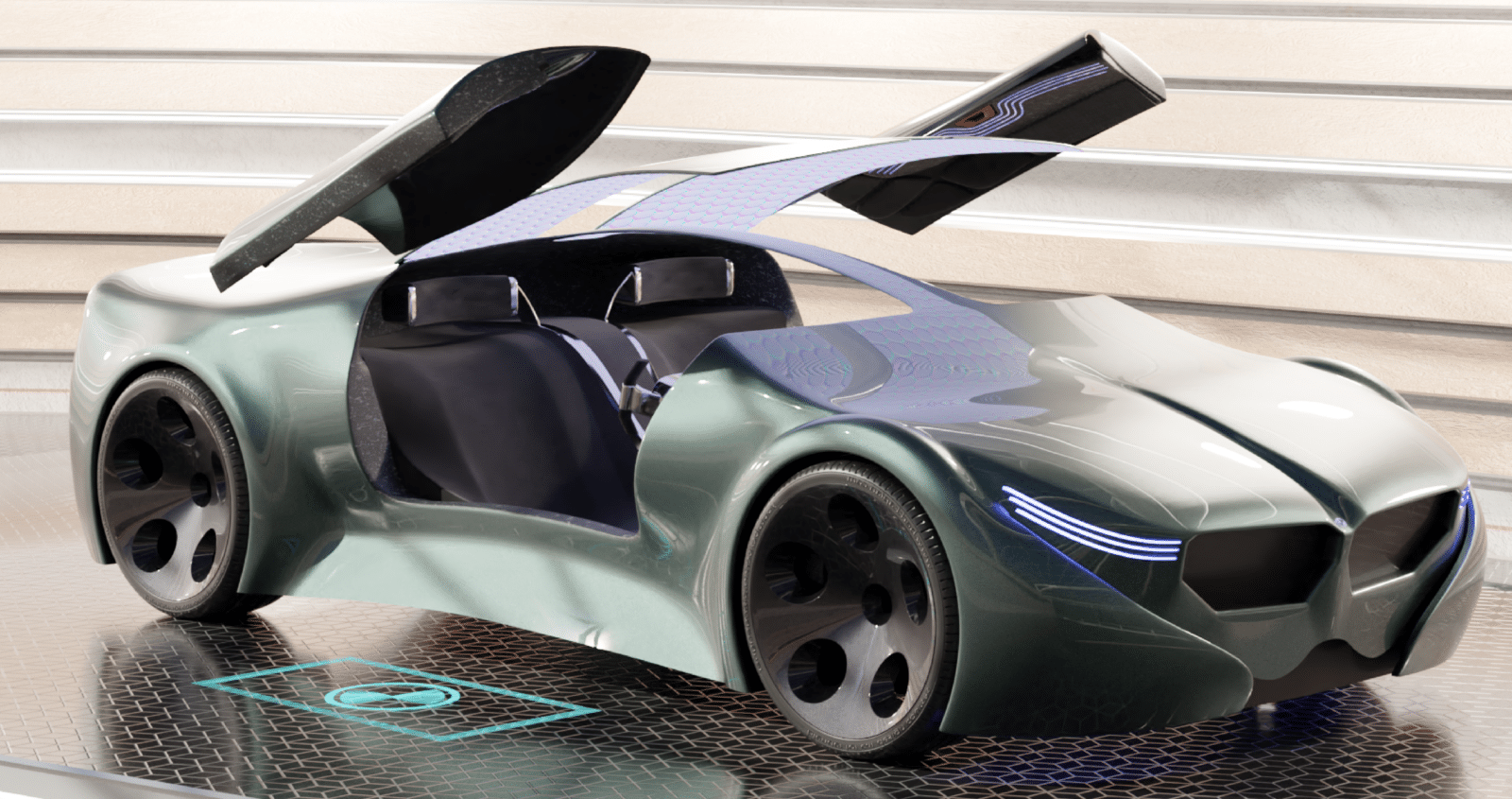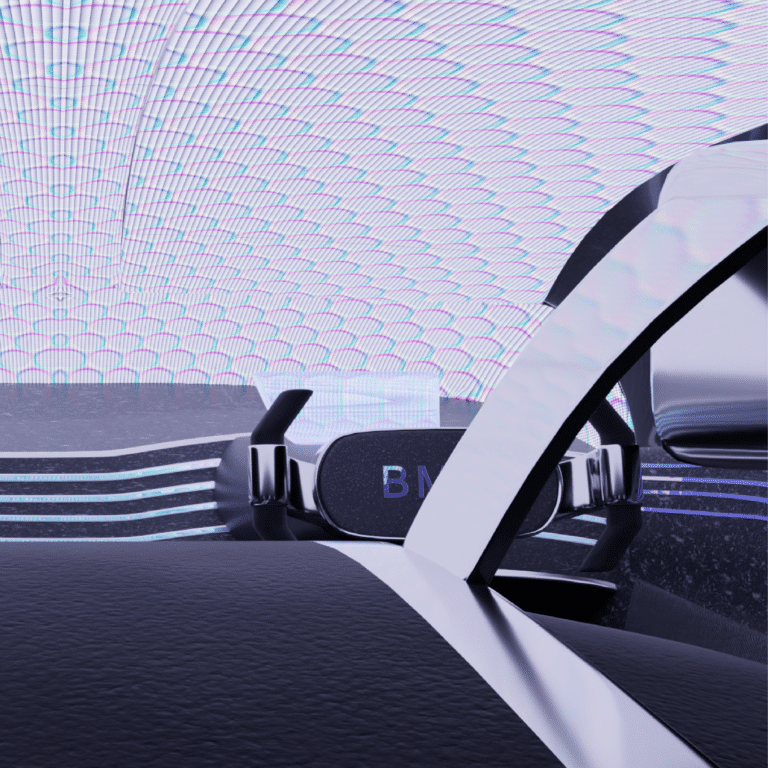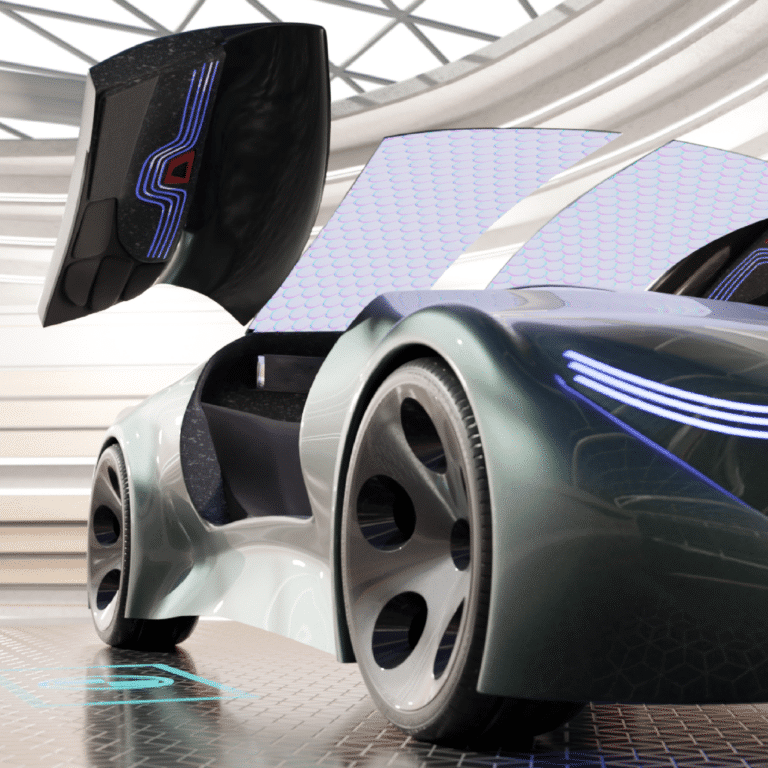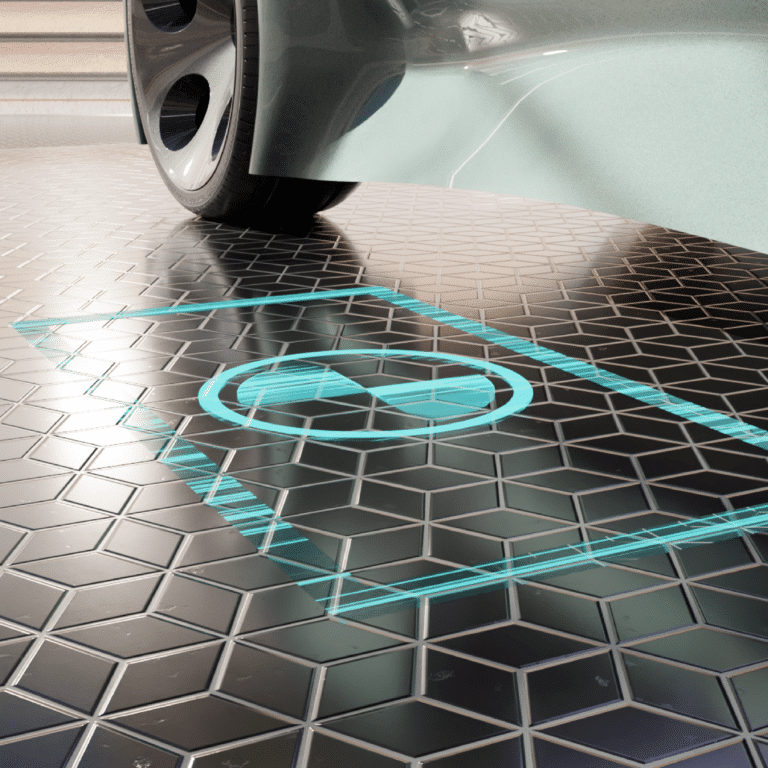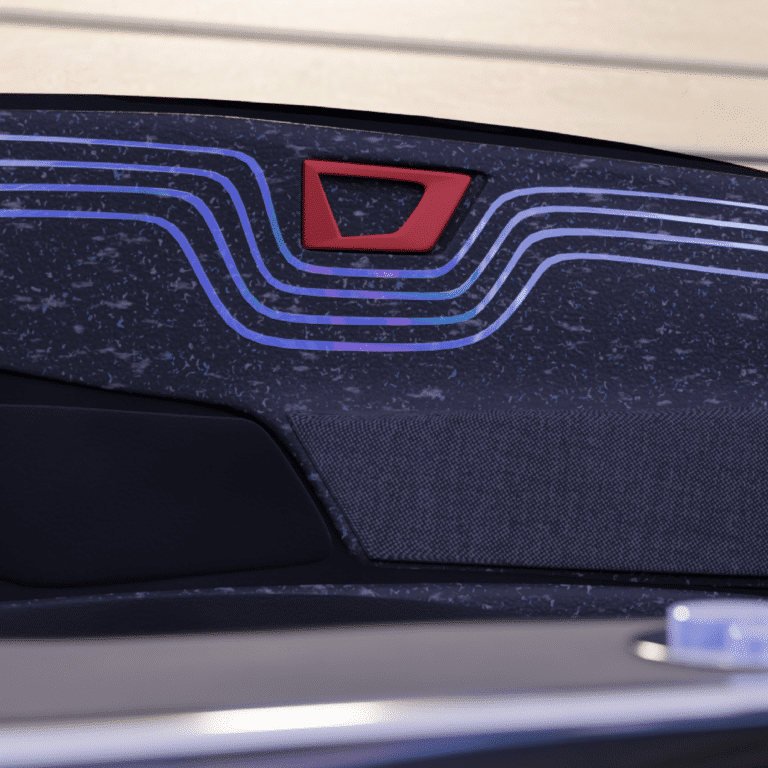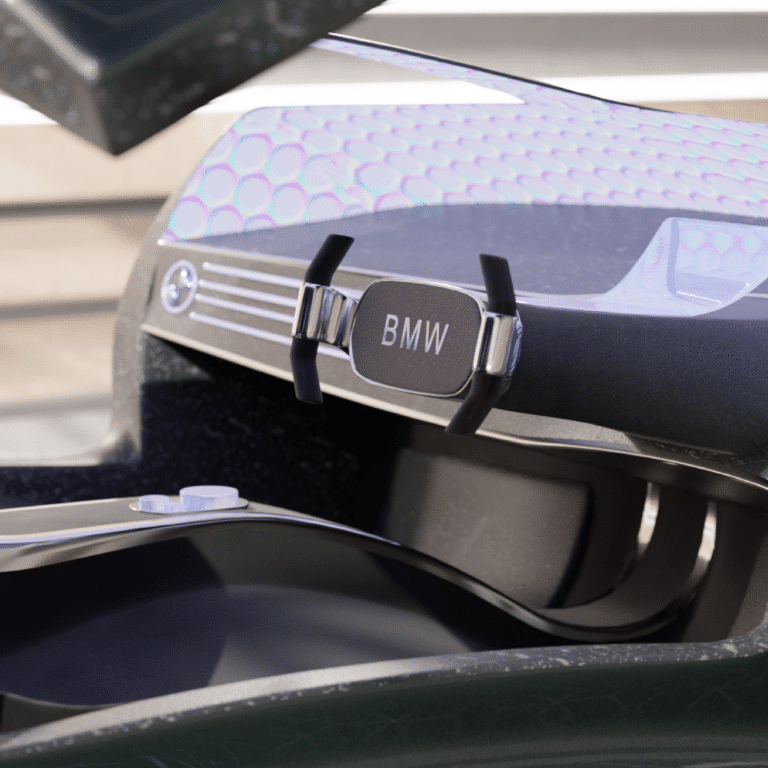Industrial - Bachelors
Supercar Interior Exploration BMW Vision Emergence
This project was initiated with BMW Group + QUT Design Academy. The project primarily explores the user experience within the ingress and egress of future supercars. Furthermore the project explores emerging technology within the context of the automotive space highlighting 2035 electrification and an imminent influx of new vehicles / new technology on the road. These themes have been distilled into a design response in the form of a BMW concept car, the Vision Emergence.


